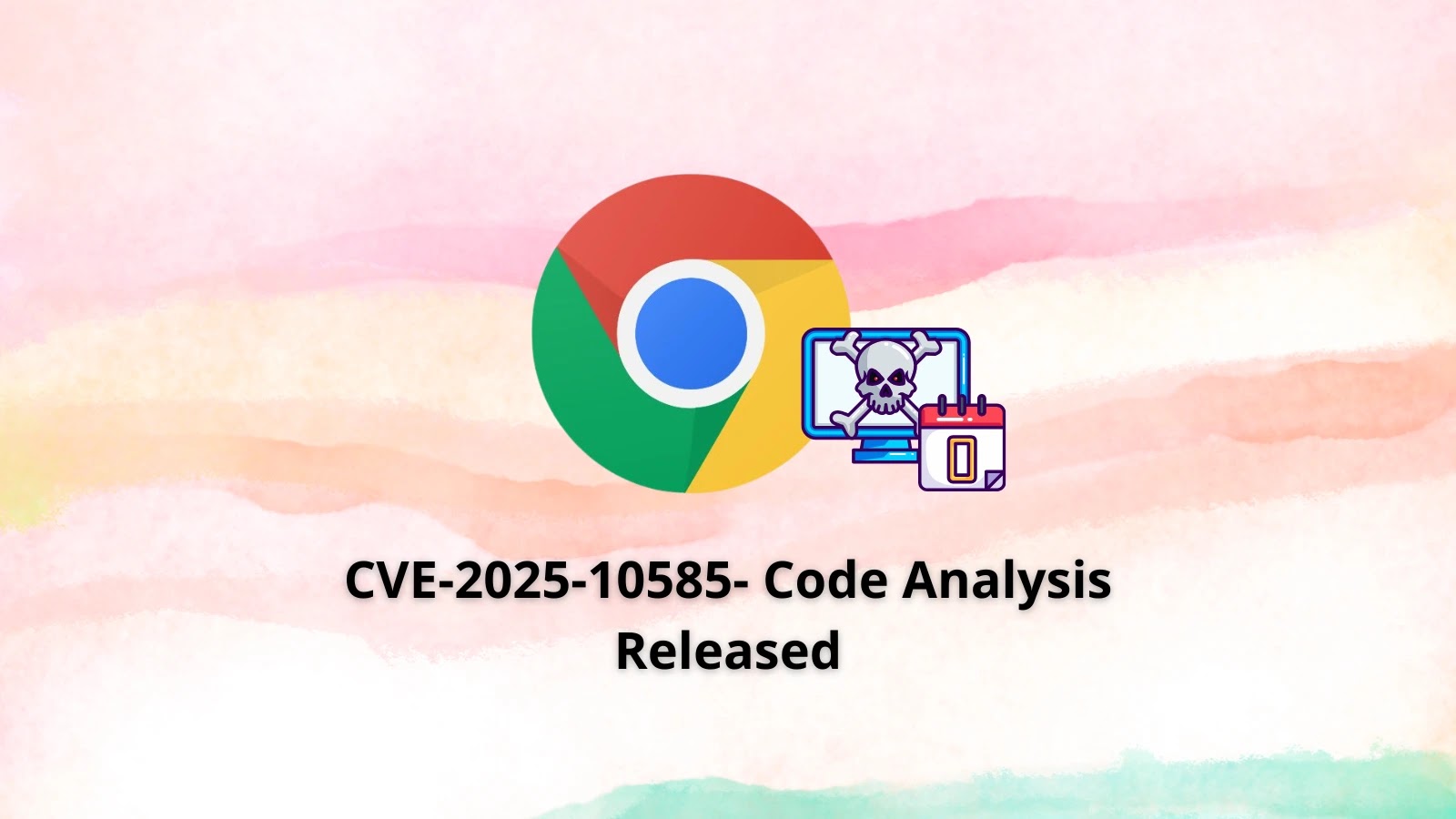The Cybersecurity and Infrastructure Security Agency (CISA) has issued a warning regarding active exploitation of critical vulnerabilities in Cisco’s Simple Network Management Protocol (SNMP) implementations within IOS and IOS XE software. These vulnerabilities, particularly CVE-2025-20352, pose significant risks to network infrastructure, enabling unauthenticated remote attackers to execute arbitrary code on affected devices.
Understanding the Vulnerability
CVE-2025-20352 is a buffer overflow flaw in the SNMP engine of Cisco IOS and IOS XE software. The vulnerability is triggered when an oversized payload is sent in a GetBulk request, leading to an internal buffer overflow. This overflow allows attackers to redirect the device’s control flow to execute malicious shellcode embedded within the packet.
Indicators of Compromise
Network operators have reported unexplained device reboots and unusual SNMP traffic patterns as initial signs of exploitation. Further forensic analysis revealed that compromised routers were communicating with external command-and-control servers immediately after processing malformed SNMP requests. CISA analysts identified this behavior shortly after the vulnerability’s disclosure, confirming that adversaries are actively leveraging CVE-2025-20352 to establish persistent access within enterprise networks.
Scope of Impact
The vulnerability affects a broad range of Cisco platforms, including ISR 4000 Series routers and Catalyst switches running IOS XE versions prior to 17.10. Exploitation requires only network reachability to the SNMP service, without the need for valid credentials, making exposed management interfaces particularly vulnerable. In documented incidents, attackers have deployed custom payloads that establish reverse shells to attacker-controlled hosts, granting full remote control over the compromised devices.
Technical Details of the Exploit
The attack exploits a malformed Protocol Data Unit (PDU) that triggers an out-of-bounds write in the SNMP engine’s stack. When the SNMP handler processes a GetBulk request with a length field exceeding the maximum buffer size, it fails to validate the message size properly. This oversight results in a buffer overflow, overwriting the saved return address on the stack and diverting execution to the attacker’s shellcode embedded in the packet.
Mitigation Measures
To protect against these vulnerabilities, network administrators are urged to take the following actions:
1. Apply Cisco Patches: Cisco has released software updates addressing these vulnerabilities. Administrators should upgrade affected devices to the latest patched versions immediately.
2. Restrict SNMP Access: Limit SNMP access to trusted hosts only. Implementing access control lists (ACLs) can help prevent unauthorized SNMP requests from reaching the devices.
3. Monitor Network Traffic: Regularly monitor network traffic for unusual SNMP activity or unexpected device reboots, which may indicate exploitation attempts.
4. Disable Unnecessary Services: If SNMP is not essential for network operations, consider disabling it to eliminate the attack vector.
Conclusion
The active exploitation of SNMP vulnerabilities in Cisco IOS and IOS XE software underscores the critical need for prompt patching and vigilant network monitoring. By implementing the recommended mitigation measures, organizations can reduce the risk of unauthorized access and maintain the integrity of their network infrastructure.



